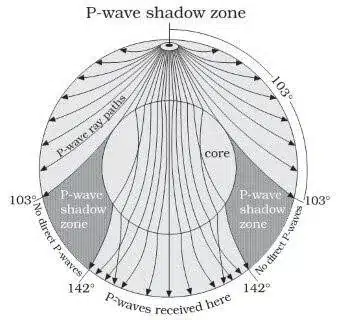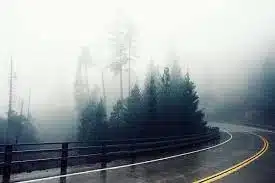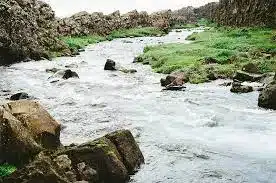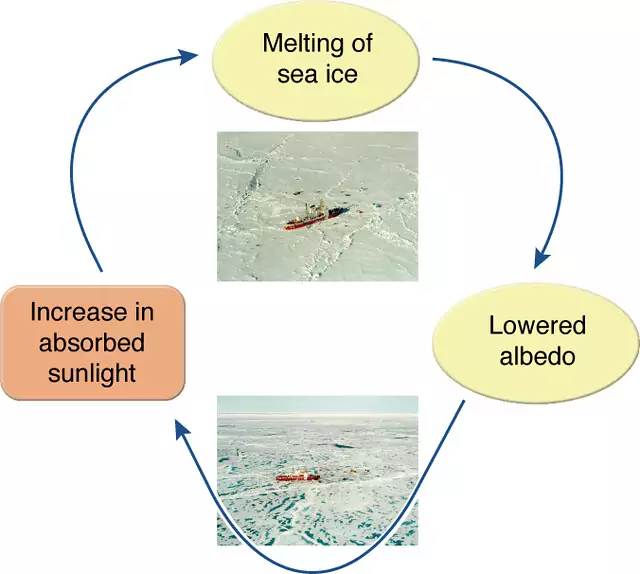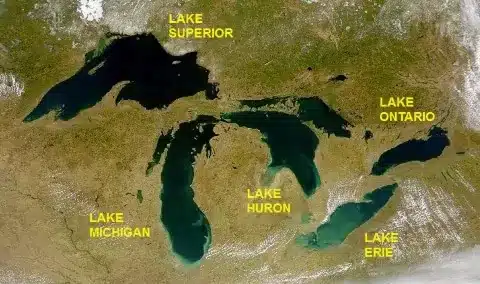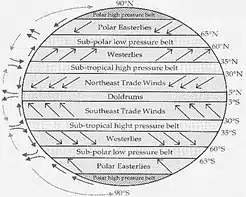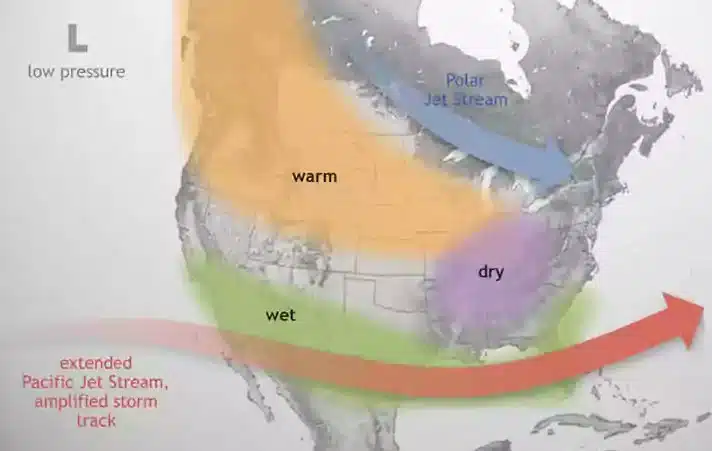List Of Important Mountain Ranges Of The World
| Mountain Range | Important/Highest Peaks | Location | Description |
| Rocky Mountains | Mt. Elbert (highest peak in the Rockies) | North America | It is one of the longest fold mountains in the world and extends from Canada to Western US (New Mexico State) |
| Appalachian Mountains | Mt. Mitchell, North Carolina, US (highest peak of Appalachian Mountains) | North America | It is a fold mountain with rich in mineral resources |
| Alps | Mont Blanc (French –Italian border) | Europe | It is a folded mountain and source for rivers like Danube, Rhine, etc. |
| Sierra Nevada | Mt. Whitney | California, USA | Habitat for many Red Indian tribes |
| Alaska Range | Mt. McKinley | North America | Mt. McKinley highest peak in North America |
| Altai Mountains | Belukha mountain | Central Asia | Young folded mountain which extends from Kazakhstan to northern China. |
| Andes Mountains | Mt. Aconcagua | South America | Longest mountain chain in the world |
| Atlas Mountains | Mt. Toubkal | Northwestern Africa | Young fold mountain spreading over Morocco and Tunisia. |
| Drakensberg Mountains | Mt. Lesotho | South Africa | Young folded mountain |
| Caucasus Mountain | Mt. Elbrus | Europe | Located between the Black Sea and the Caspian Sea |
| Ural Mountains | Mt. Narodnaya | Russia | This mountain range act as a boundary between Europe and Asia. |
| Hindukush Mountains | Mt. Trich Mir | Pakistan and Afghanistan | Folded mountain with rugged topography which makes it difficult for transportation. |
| Himalayas | Mt. Everest | Asia | Young fold mountains in Asia which separates Indian sub-continent from Asian plains |
| Arakan Yoma | Mt. Kennedy peak | Myanmar | It extends from north to south direction. Shifting cultivation is practised. |
| Kunlun Mountains | Mt. Muztag | North of Tibetan plateau and western China | It is one of the young folded mountains. |
| Vosges | Mt. Grand Ballon | Eastern France, Europe | Famous for the cultivation of grapes and manufacture of wines. |
| Great Dividing Range | Mt. Kosciuszko | Australia | This range is the source for the rivers Darling and Murray. |
Top 10 Longest Mountain Ranges
- The Andes – 7,000 km
- The Rockies – 4,830 km
- The Great Dividing Range – 3,500 km
- The Transantarctic Mountains – 3,500 km
- The Ural Mountains – 2,500 km
- The Atlas Mountains – 2,500 km
- The Appalachian Mountains – 2,414 km
- The Himalayas – 2,400 km
- The Altai Mountains – 2,000 km (1,243 mi)
- The Western Ghats – 1,600 km
Top 10 Highest Peaks in the World
| Highest Mountain in the World | Height in Metres | Range | Location & Features |
| Mount Everest | 8,848 | Himalayas | Nepal |
| K2 | 8,611 | Karakoram | India |
| Kangchenjunga | 8,586 | Himalayas | Nepal/India |
| Lhotse | 8,516 | Himalayas | Nepal/China – Climbers move to the Lhotse Face in climbing Everest |
| Makalu | 8,485 | Himalayas | Nepal/China |
| Cho Oyu | 8,201 | Himalayas | Nepal/China |
| Dhaulagiri | 8,167 | Himalayas | Nepal |
| Manaslu | 8,163 | Himalayas | Nepal |
| Nanga Parbat | 8,126 | Himalayas | Pakistan |
| Annapurna | 8,091 | Himalayas | Nepal |
Facts about some important mountain ranges
The Andes
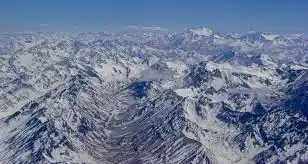
- The Andes is the longest continental mountain range in the world.
- The Andes is the world’s highest mountain range outside of Asia with an average height of 4000 m.
- The highest peak is Mount Aconcagua (6,962 m) (volcanic origin, but now it’s dormant).
- World’s highest volcanoes are in the Andes.
- Ojos del Salado (6,893 m) (active volcano) on the Chile-Argentina border is the highest volcano on earth.
The Rockies
- The Rocky Mountains lies in western North America.
- It has a length of about 4,800 km.
- The range forms part of the enormous mountain system that is the Northern American Cordillera.
- Mountain Peaks : Mount Elbert (4,401 m), Mount Massive (4,398m), Mount Harvard (4,395m).
Cascade Range
- The Cascade Range or the Cascades is a major mountain range of western North America.
- The Cascades (Cascade volcanoes) are part of the Pacific Ocean’s Ring of Fire.
- The Cascade Range has few strikingly large volcanoes, like Mount St. Helens.
- The volcanoes and earthquakes in the Cascades arise from a common source: subduction, where the dense Juan de Fuca oceanic plate plunges beneath the North American Plate.
The Great Dividing Range
- The Great Dividing Range, or the Eastern Highlands, is Australia’s most substantial mountain.
- It is also known as the Australian Alps and was formed due to rifting.
The Ural Mountains
- The mountain range that runs approximately from north to south through western Russia, from the coast of the Arctic Ocean to the Ural River and northwestern Kazakhstan.
- Their eastern side is usually considered the natural boundary between Europe and Asia.
- Since the 18th century, the mountains have been a major mineral base of Russia.
Atlas Mountains
- Mountain range across the north-western stretch of Africa extending about 2,500 km (1,600 mi) through Algeria, Morocco and Tunisia.
- The highest peak is Toubkal (4,165 metres) in southwestern Morocco.
- These mountains were formed when Africa and Europe collided.
The Himalayas
- The Himalayan range is home to the planet’s highest peaks, including the highest, Mount Everest.
- Its western anchor, Nanga Parbat, lies just south of the northernmost bend of Indus river, its eastern anchor, Namcha Barwa, just west of the great bend of the Brahmaputra river (Tsangpo river).
- The range varies in width from 400 kilometres in the west to 150 kilometres in the east.
Geology
- The Himalaya are among the youngest mountain ranges on the planet and consist mostly of uplifted sedimentary and metamorphic rock.
- According to the modern theory of plate tectonics, their formation is a result of a continental collision or orogeny along the convergent boundary between the Indo-Australian Plate and the Eurasian Plate.
- The Arakan Yoma highlands in Myanmar and the Andaman and Nicobar Islands in the Bay of Bengal were also formed as a result of this collision.
Impact on climate
- The Himalayas are believed to play an important part in the formation of Central Asian deserts, such as the Taklamakan and Gobi.
The Alps
- The mountains were formed as the African and Eurasian tectonic plates collided.
- Extreme folding caused by the event resulted in marine sedimentary rocks rising by thrusting and folding into high mountain peaks such as Mont Blanc (4,810 m) (French–Italian border).
- The Alpine region area contains about a hundred peaks higher than 4,000 m, known as the four-thousanders.
Also refer :

